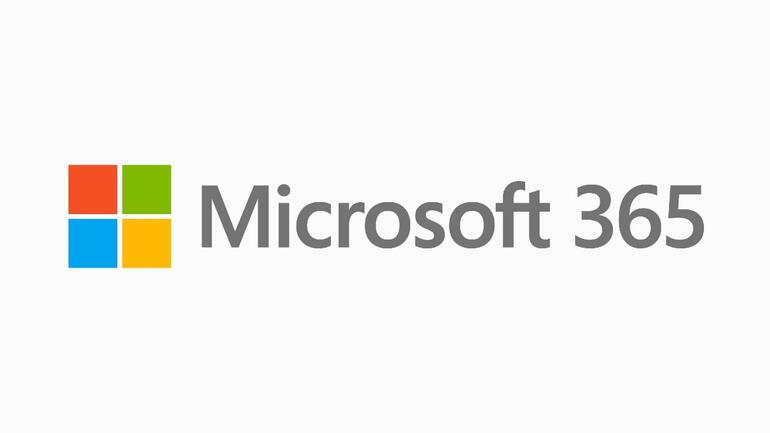All software platforms require routine updating to evolve and function, and perhaps none is so famous (or infamous) as Microsoft’s group of software. Early in 2020, Microsoft announced some changes that specifically affect users of Microsoft Office. Users have since been encouraged to migrate from older Office versions (such as Office 2010, 2013, and so on) to Microsoft 365.
Why Would It Be Beneficial to Do This If You Haven’t Done It Already?
Cloud Connectivity
One of the advantages of Microsoft Office products is the availability of cloud connectivity. However, since October of last year, connectivity between Office 365 cloud services and standalone versions of Microsoft Office dating from before the 2016 products (Windows OS) and the 2019 products (Mac and Windows OS) are no longer supported. Therefore, the writing is on the wall for users of older Office products. Even though the standalone products still work, support issues will abound until the inevitable happens. For organizations that rely heavily on products such as Outlook or Sharepoint, a lack of cloud connectivity would paralyze daily operations, so migration is the only option.
Reduced Support
Regarding older versions, Microsoft has said, “[We] will not take any active measures to block legacy versions of the Office client from connecting to Office 365 services, but these older clients may encounter performance and/or reliability issues over time.” Even for users of Office 2016 and 2019, support is expected to end in October 2023. Security updates will continue for Windows users for the expected 10 years, but Mac users will no longer receive patches or updates. The loss of such critical security updates and bug fixes can leave your organization open to cyber attacks that could disrupt the supply chain and negatively impact your business. So, dwindling support would be inconvenient at best, so why risk catastrophe when cybersecurity tactics like immediate migration is an option?
Future Adaptability
Obviously, Microsoft is focusing on 365 as its new platform. It would be illogical to expect that they will divide their focus between improving a newer set of software and propping up older versions. It should be expected, then, that future upgrades and improvements will be built around Microsoft 365, so to stay relevant and benefit from the future upgrades and the growth and evolution of Microsoft products, organizations should migrate now if they haven’t done so already.
How to Make the Switch
To initiate migration, identify which version of Microsoft Office your organization is using. Then, you may find it helpful to consider the following suggestions:
- Have your IT team or IT management partner create a Microsoft 365 account for use by your organization.
- Migrate all emails to your 365 account. It is best to trust this migration to professionals who have experience in safely performing the move.
- Migrate data folders and files to SharePoint and OneDrive. Again, it is best to commit this delicate task to professionals.
It may sound like such an extensive migration would inconveniently disrupt your organization’s operations on a grand scale, but IT service professionals have extensive experience in helping companies migrate with little to no impact on their day-to-day operations. With Robust Network Solutions, the transition can be smooth and trouble-free with our local IT outsourcing.

